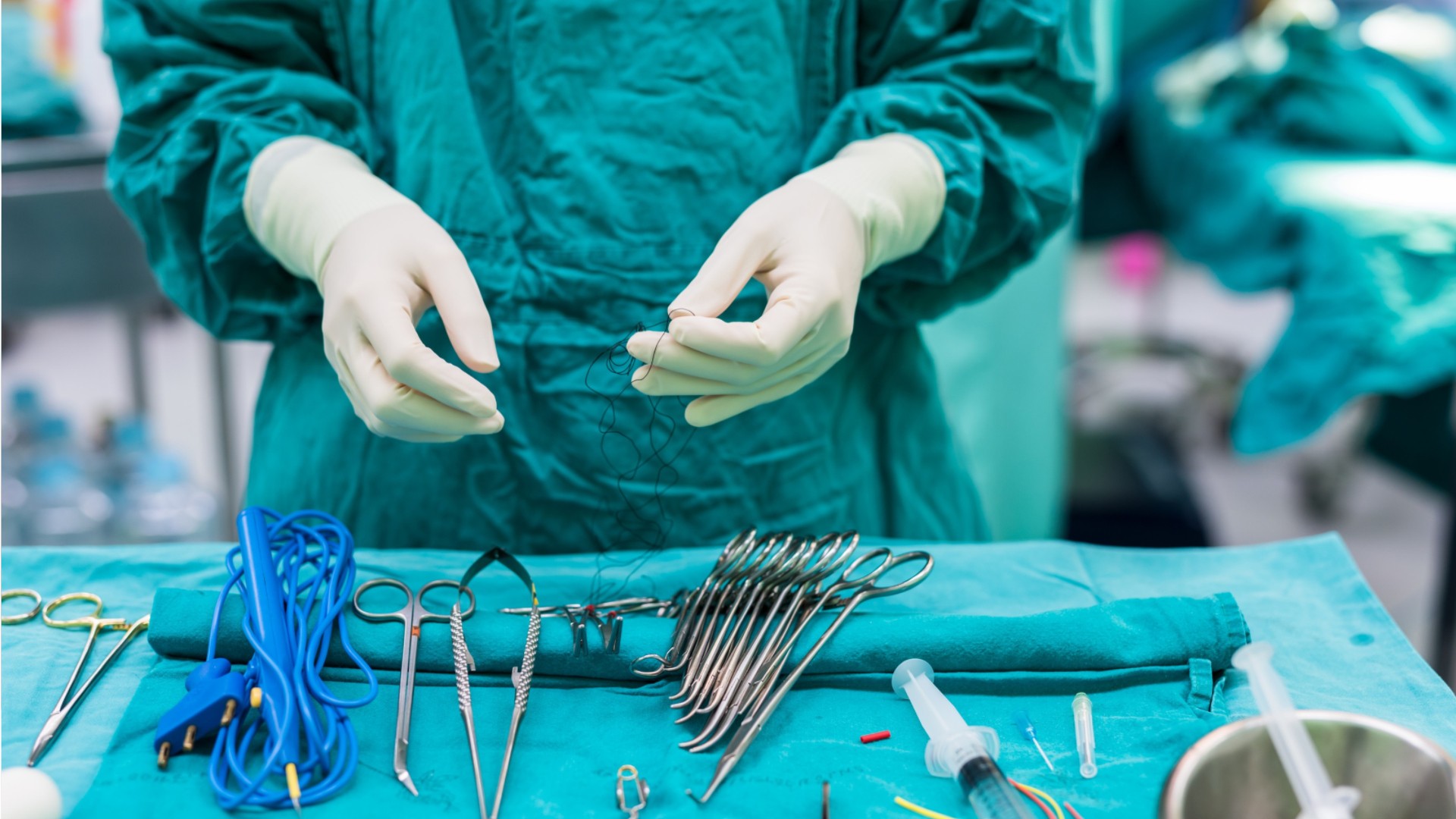Surgical Assistants
Certified Surgical First Assistant (CSFA), Registered Nurse First Assistant (RNFA), Surgical First Assistant, Surgical Technician (Surgical Tech)
 Select a military branch to see samples.
Select a military branch to see samples.
Aerospace Medical Service; Aerospace Medical Service Craftsman, Aeromedical Education Technician; Aerospace Medical Service Helper, Flight and Operational Medical Technician; Aerospace Medical Service Journeyman, National Registry Paramedic; Dental Assistant Journeyman; Health Services Management Superintendent; Orthopedic Surgeon, Traumatology; Surgeon, Cardiac; Surgical Technologist; Surgical Technologist Helper
Civil Affairs Medical Sergeant (CA Medical SGT); Combat Medic Specialist; General Surgeon; Neurosurgeon; Nurse Corps Officer; Operating Room Specialist; Orthopedic Surgeon; Perioperative Nurse; Peripheral Vascular Surgeon; Special Forces Medical Sergeant
Health Services Technician; Medical Administration Specialty
No similar titles were found.
Cardiovascular Technician; Deep Sea Diving Independent Duty Corpsman; Fleet Marine Force Reconnaissance Independent Duty Corpsman; Hemodialysis/Apheresis Technician; Medical Deep Sea Diving Technician; Neurosurgeon; Orthopedic Cast Room Technician; Perioperative Nurse; Search and Rescue Medical Technician; Surface Force Independent Duty Corpsman
No similar titles were found.
What they do:
Assist in operations, under the supervision of surgeons. May, in accordance with state laws, help surgeons to make incisions and close surgical sites, manipulate or remove tissues, implant surgical devices or drains, suction the surgical site, place catheters, clamp or cauterize vessels or tissue, and apply dressings to surgical site.
On the job, you would:
- Verify the identity of patient or operative site.
- Monitor and maintain aseptic technique throughout procedures.
- Cover patients with surgical drapes to create and maintain a sterile operative field.
Knowledge
Health
- medicine and dentistry
Business
- customer service
Arts and Humanities
- English language
Math and Science
- biology
Skills
Basic Skills
- listening to others, not interrupting, and asking good questions
- talking to others
Problem Solving
- noticing a problem and figuring out the best way to solve it
Social
- changing what is done based on other people's actions
- looking for ways to help people
Abilities
Hand and Finger Use
- keep your arm or hand steady
- put together small parts with your fingers
Verbal
- listen and understand what people say
- communicate by speaking
Ideas and Logic
- notice when problems happen
- order or arrange things
Attention
- pay attention to something without being distracted
Personality
People interested in this work like activities that include practical, hands-on problems and solutions.
They do well at jobs that need:
- Perseverance
- Stress Tolerance
- Self-Control
- Cooperation
- Cautiousness
- Integrity
Technology
You might use software like this on the job:
Medical software
- Electronic medical record EMR software
- MEDITECH software
Presentation software
- Microsoft PowerPoint
Spreadsheet software
- Microsoft Excel
Education
Education: (rated 3 of 5)
Job Outlook
Bright
New job opportunities are very likely in the future.
Explore More
- Anesthesiologist Assistants
- Cardiovascular Technologists & Technicians
- Emergency Medical Technicians
- Paramedics
- Surgical Technologists
You might like a career in one of these industries:
See more details at O*NET OnLine about Surgical Assistants.





